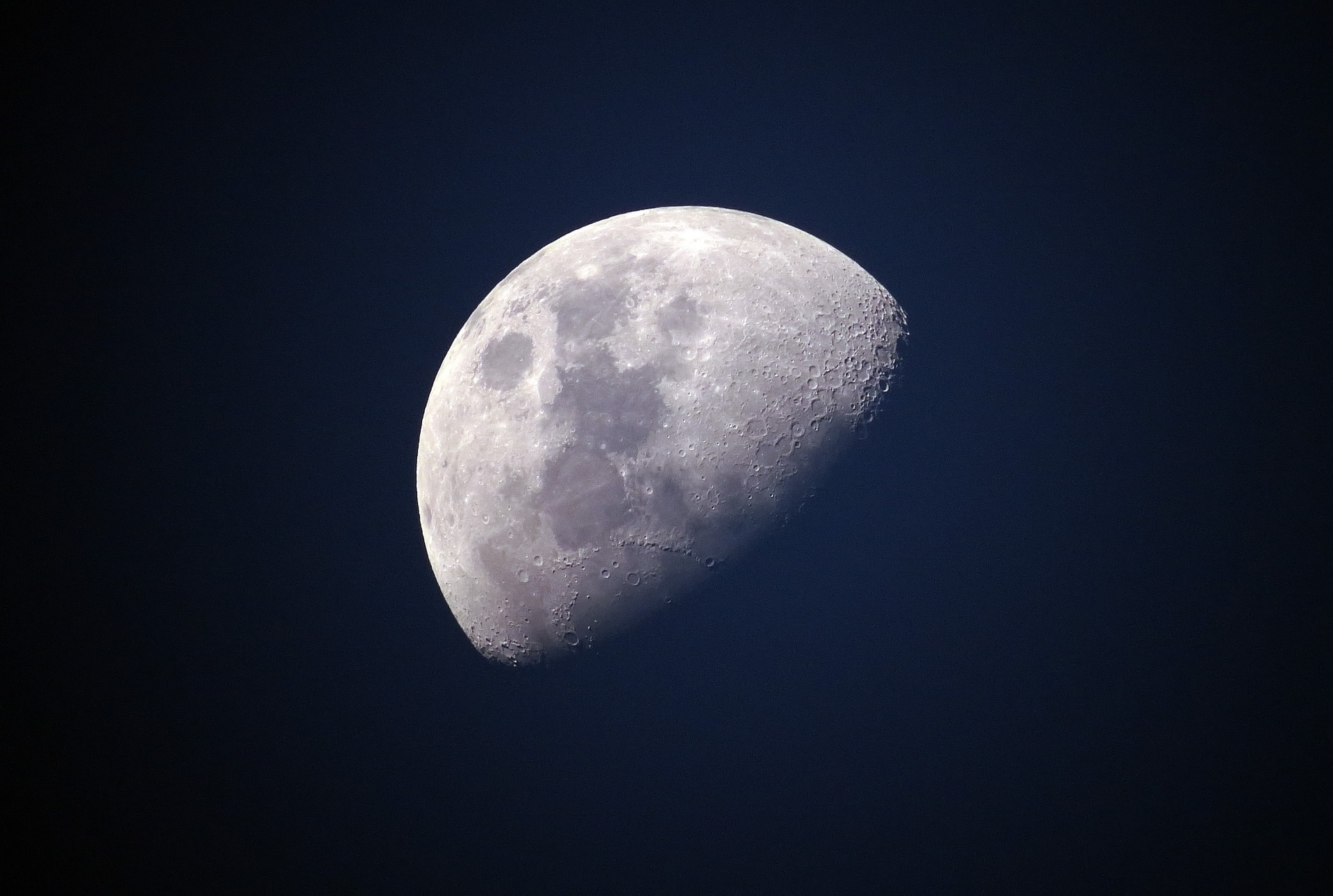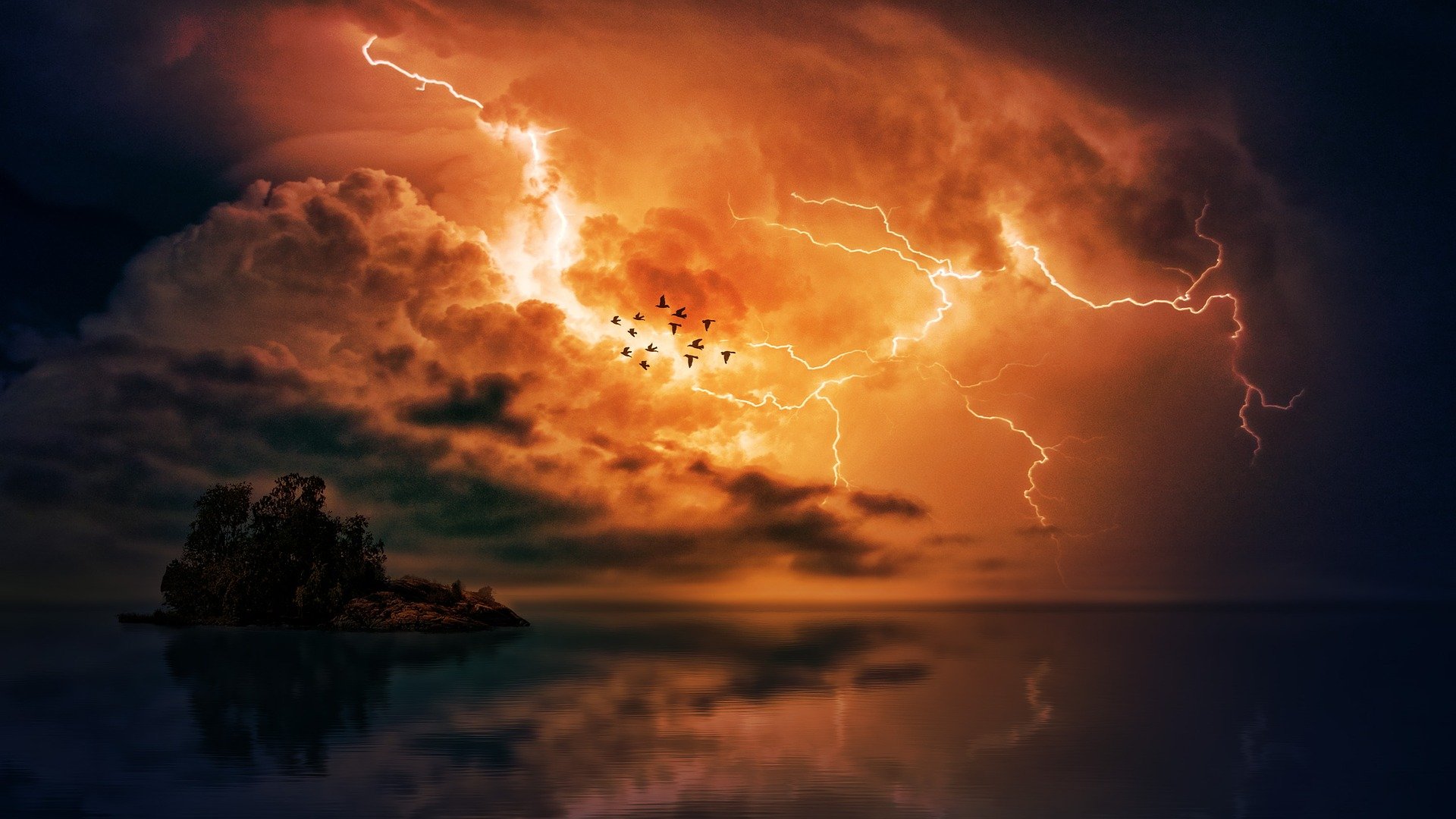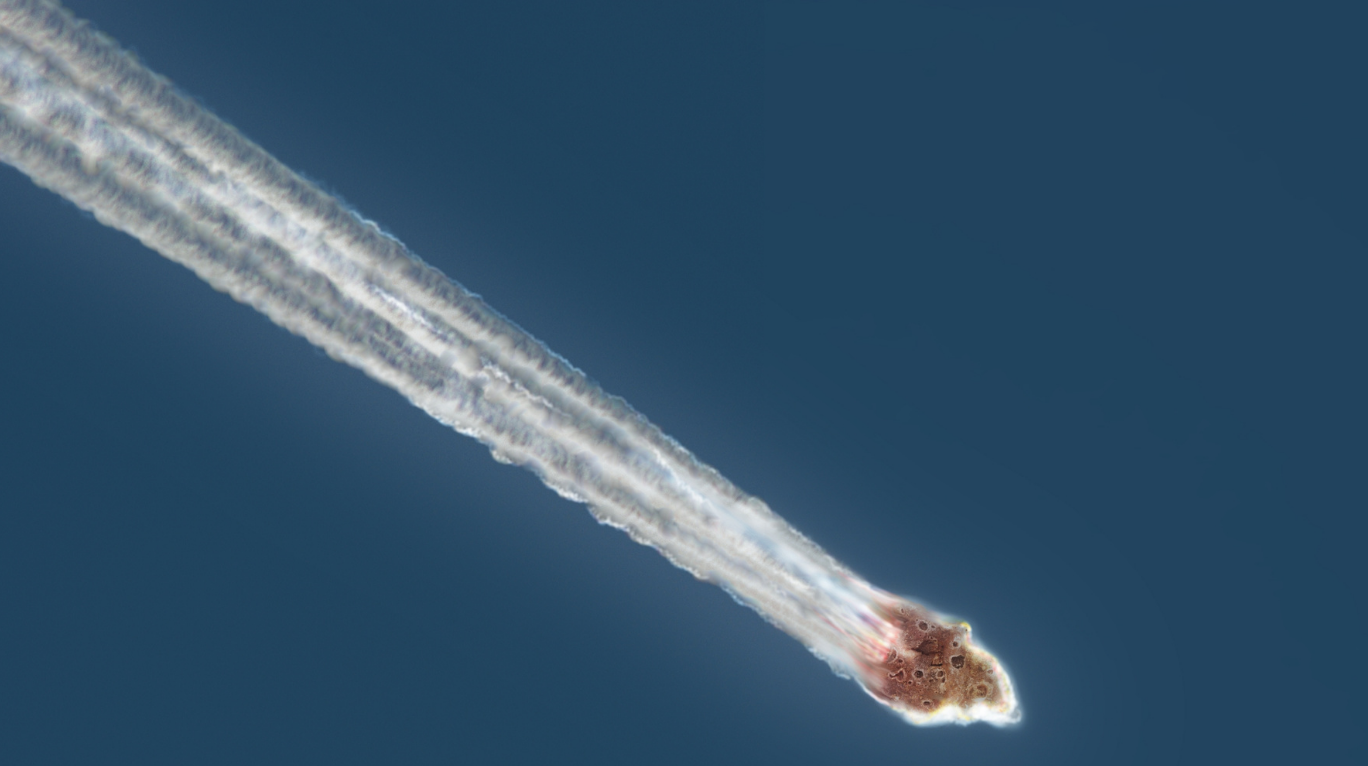Farthest ‘Maisie’s Galaxy,’ Named After Finkelstein’s 9-Year-Old Daughter, Confirmed

Scientists, using data from the NASA’s James Webb Space Telescope (JWST), have confirmed the discovery of one of the earliest galaxies ever observed, known as ‘Maisie’s Galaxy.’ By capturing the light from a prehistoric galaxy, located in one of the darkest corners of the past – around 13.4 billion light-years away, a mere 390 million years after the Big Bang – the JWST has now demonstrated why it deserves its place in the spotlight
The discovery of Maisie’s Galaxy is significant as it provides insights into the early universe and the formation of galaxies, according to astronomers.
“This galaxy exists at a time early enough in the universe that we really were not able to see it without JWST,” said Steven Finkelstein, an astronomer at the University of Texas at Austin and the principal investigator for the Cosmic Evolution Early Release Science Survey (CEERS).
According to Finkelstein, the part of the universe had been an undiscovered frontier where the formation and appearance of galaxies were not well-understood until they were observed using the JWST. This was otherwise impossible as the only superpower of the the High-Tech instrument is able to penetrate the density of the dark cosmic expanse and uncover secrets that would otherwise remain undetectable.
“We really could not see it before the JWST,” Finkelstein explained. “The Hubble Space Telescope was neither big enough nor, most importantly, did it cover ‘red enough’ wavelengths to see such a distant, highly redshifted galaxy.”
The findings, published in the journal Nature Astronomy in the paper titled “Confirmation and refutation of very luminous galaxies in the early universe” discusses the confirmation and validation of the early star-forming galaxies using spectroscopic measurements obtained with the JWST. For this research, astronomers used a combination of near-infrared imaging and spectroscopic observations to confirm the galaxy’s existence and estimate its age and other properties.
In the paper, the researchers have primarily concentrated on confirming a specific galaxy, now named ‘Maisie’s Galaxy,’ with a photometric redshift estimate of z ≈ 16 (where ‘z’ represents redshift). They subsequently demonstrated that another candidate, initially proposed to have a redshift of z ≈ 16, is actually at z = 4.9. [In the given context, z ≈ 16 represents a high redshift value, implying that the light from the observed object has been significantly stretched due to the expansion of the universe.]
Spectroscopic measurements, the study of how light interacts with different materials at different wavelengths, are crucial to validate the photometric redshift estimates and quantify physical properties for accurate galaxy formation models and cosmological studies. JWST spectroscopy confirms redshifts for two very luminous galaxies with z > 11, reinforcing evidence for early and rapid galaxy formation. [“z” represents redshift, and redshift value greater than 11 (z > 11) means that the light from these galaxies has been significantly stretched to longer wavelengths due to the expansion of the universe. This implies that these galaxies are extremely distant and were observed when the universe was much younger.]
The essence of this finding mainly centers on the vast expanse of time. The light originating from “Maisie’s galaxy” embarked on an enduring voyage, spanning immense distances, before eventually arriving in our world and striking the JWST mirrors. At approximately 13.8 billion years old, the universe itself bore witness to the emergence of this radiant entity, which appeared nearly 390 million years after the widely theorized beginning of the world known as the Big Bang. Interestingly, this temporal juxtaposition creates an awe-inspiring tapestry, wherein our observations extend far beyond the realms of our terrestrial existence, piercing the veil of darkness to illuminate the very genesis of cosmic evolution.
According to prevailing theories, the first stars and galaxies formed during the first 500 million years of cosmic history, seeding the Universe with heavy elements and eventually reionizing the intergalactic medium (IGM). JWST observations have identified candidate early star-forming galaxies with photometric redshift estimates beyond pre-JWST limits, with some reaching z ≈ 16.
The path was, but not less challenging. For JWST, delving into the intricacies of the universe’s evolution demanded a delicate interplay between light and time, culminating in the meticulous application of spectroscopic techniques. The combination of the state-of-the-art distance-viewing tools, the Near Infrared Camera (NIRCam) and the Near Infrared Spectrograph (NIRSpec), played a pivotal role in analyzing the composition of the ancient light, revealing the constituent elements of the galaxy. As researchers identify the distinct lack of heavier elements in the JWST data of the Maisie’s territory, which signifies youthfulness, they confirm the galaxy’s temporal origins.
Interestingly, Maisie’s Galaxy is named after Finkelstein’s then 9-year-old daughter Maisie, who is currently ten years old. It’s also worth noting that Maisie achieved this remarkable honor at the age of nine, a feat not accomplished by any of other esteemed scientists. “We found the galaxy in JWST data on my daughter’s ninth birthday. My daughter’s name is Maisie, and she had been asking me to name a galaxy after her, and I told her we weren’t really allowed to do that. But because we found it on her birthday, I just started calling it Maisie’s galaxy,” Finkelstein explained.
“When it came time to write the paper, . . . we managed to get it through and published with that name,” Finkelstein added.
For us here on Earth, Maisie’s Galaxy stands as an ambassador of an era long past, a time when the universe was in its infancy, and galaxies blended within a smaller, more compact cosmos. The very nature of this galaxy adds a sense of wonder and amazement – its vibrant blue hue, an emblem of rapid star formation, tells a tale of a universe that was teeming with youthful exuberance. Such an expanse, where stars birthed and galaxies merged, bears testimony to the dynamic nature of early cosmic epochs, far before the birth of our solar system.
Furthermore, this discovery challenges preconceived notions about the universe. The radiance of “Maisie’s galaxy,” blazing forth as a proof of its vibrant star formation, compels us to revisit our understanding of early galaxy formation. Were these galaxies producing stars at a higher rate than previously speculated? Do they possess an unforeseen luminosity, illuminating the cosmic darkness with an intensity hitherto unimagined? These questions invite researchers to revisit the drawing board, to recalibrate our models, and to embark on a new era of exploration.
“Maisie’s galaxy certainly gives us a good example case of what a galaxy in the early universe is, and because it’s quite bright, we can study it pretty easily, and we can measure lots of things about it . . . ,” Finkelstein concluded.
In this pursuit, ‘Maisie’s galaxy’ finds its place among a select few, joining the ranks of the earliest galaxies – including IOK-1 (approx. 12.88 billion years), GN-108036 (approx. 12.9 billion years), and SXDF-NB1006-2 (approx. 12.9 billion years) – ever glimpsed by human eyes. Its inclusion in this prestigious group stands as a testament to the unwavering quest for knowledge, driven by tools like NASA’s JWST, a $10 billion orbiting infrared observatory designed to complement and expand upon the findings of the Hubble Space Telescope that offers broader wavelength coverage and significantly enhanced sensitivity.
Auto Amazon Links: No products found.


